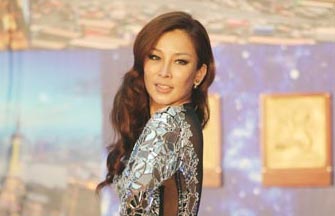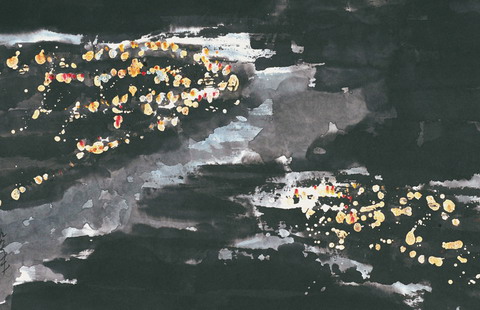Art of enlightenment
By Wang Hui ( China Daily ) Updated: 2014-06-08 07:32:13
|
Huo shows his freehand brushwork to the audience at the University of Sydney. |
Profound philosophies
During his lecture at the University of Sydney, Huo spent a great deal of time explaining the connection between traditional Chinese philosophies and traditional painting.
"It has been a lifelong pursuit as well as a difficult process for me to understand the cream of Chinese art," he said.
"Though traditional Chinese art has felt the constant impact of Western culture, in China today some people like me still cling to it."
The road to traditional art is a combination of the artist's personal experience and continuous perfection of art, Huo said.
"Without life experience, the understanding of Chinese art will be incomplete, fragmental. "
The ancient Chinese believed that the virtue of a painting reflects the virtue of the artist, which Huo said is a major difference between Western art and traditional Chinese art.
"It is important that the artist follows the law of nature while pursuing artistic perfection," Huo said.
He stressed the need for a peaceful mind as the ancients believed tranquility could nurture wisdom.
To him, philosophies that have been handed down from generation to generation are still relevant today and should continue to inspire artists in modern times.
"I think art is closely related to people's behavior as well as their conception of the world. We should see a successful painting by knowing where the result comes from," he said.
Huo believes that artists should do their best to cultivate a noble heart and refrain from grasping after either fame or wealth. "I prefer leading a life as simple as a chrysanthemum," Huo said.
The chrysanthemum is one of the four gentlemen lauded by literati in ancient times. The other three are the plum blossom, the orchid and bamboo.
|
|
|
|
|
|
|
|























 Raymond Zhou:
Raymond Zhou: Pauline D Loh:
Pauline D Loh: Hot Pot
Hot Pot Eco China
Eco China China Dream
China Dream China Face
China Face





